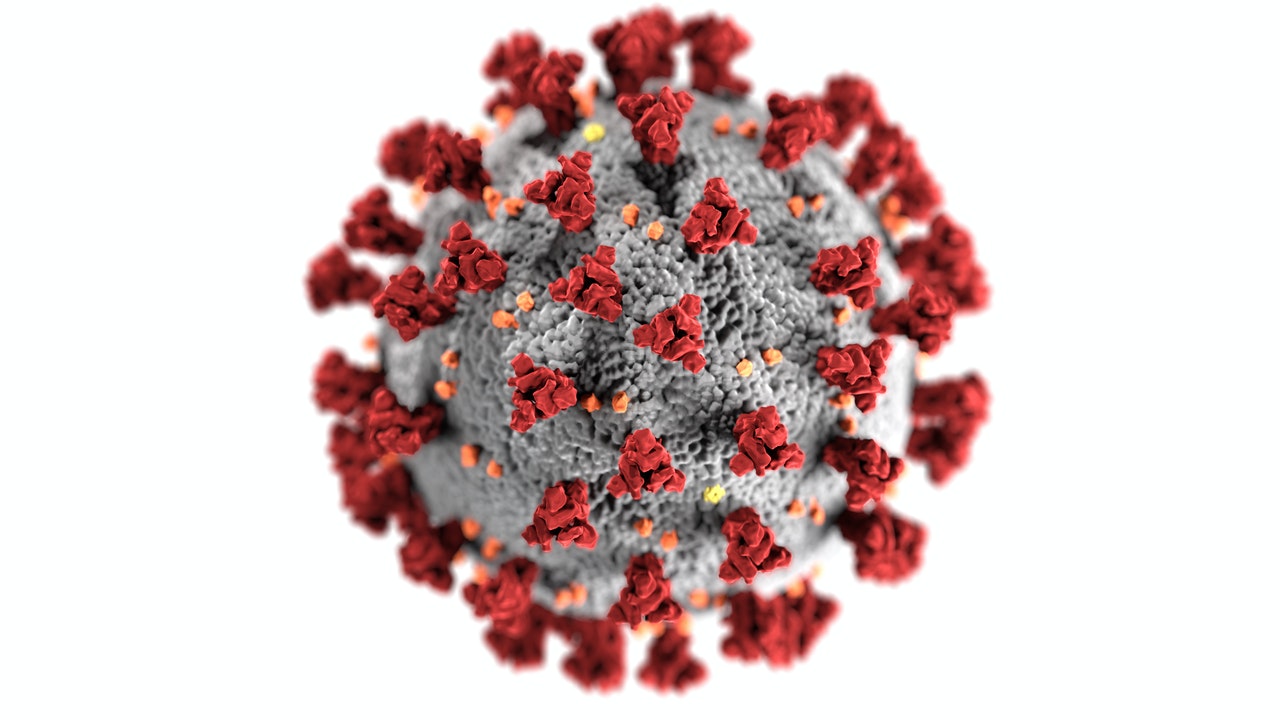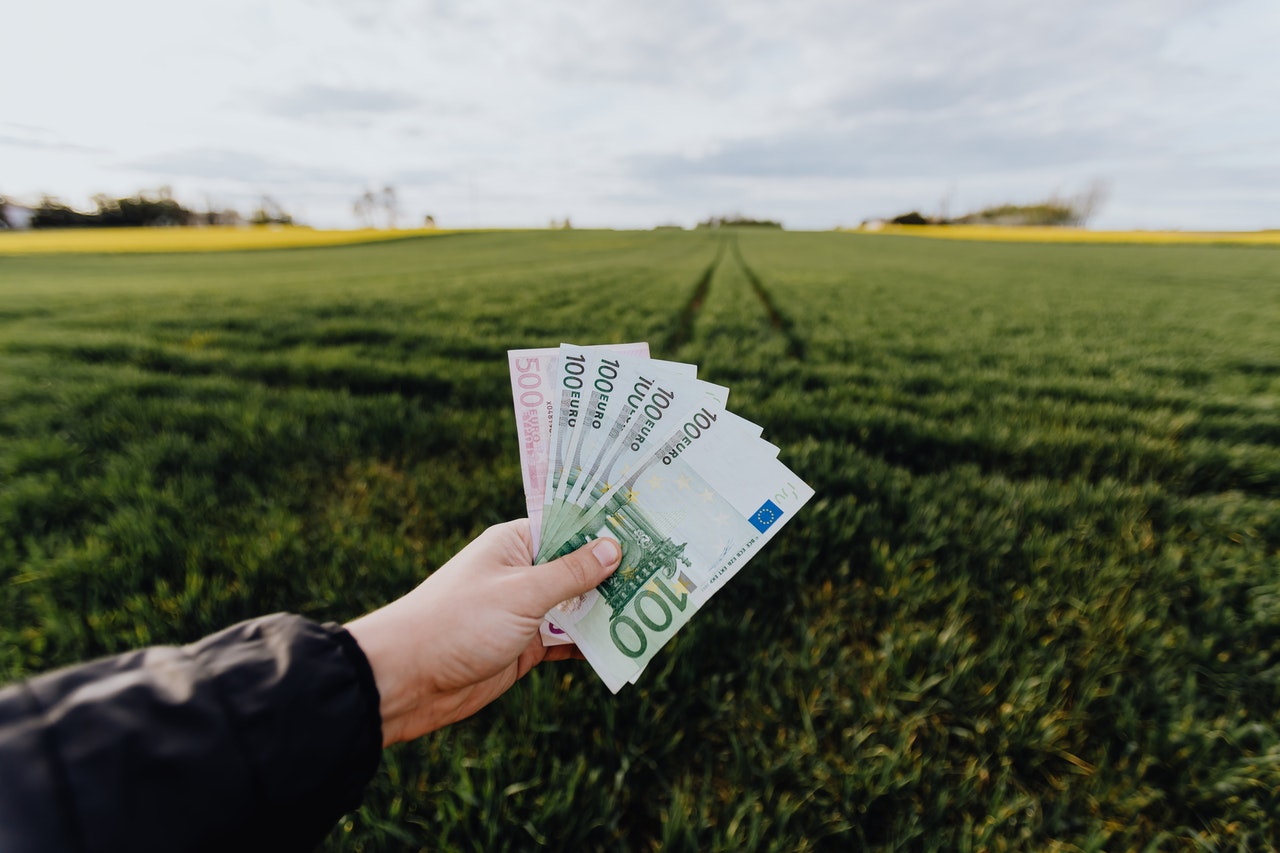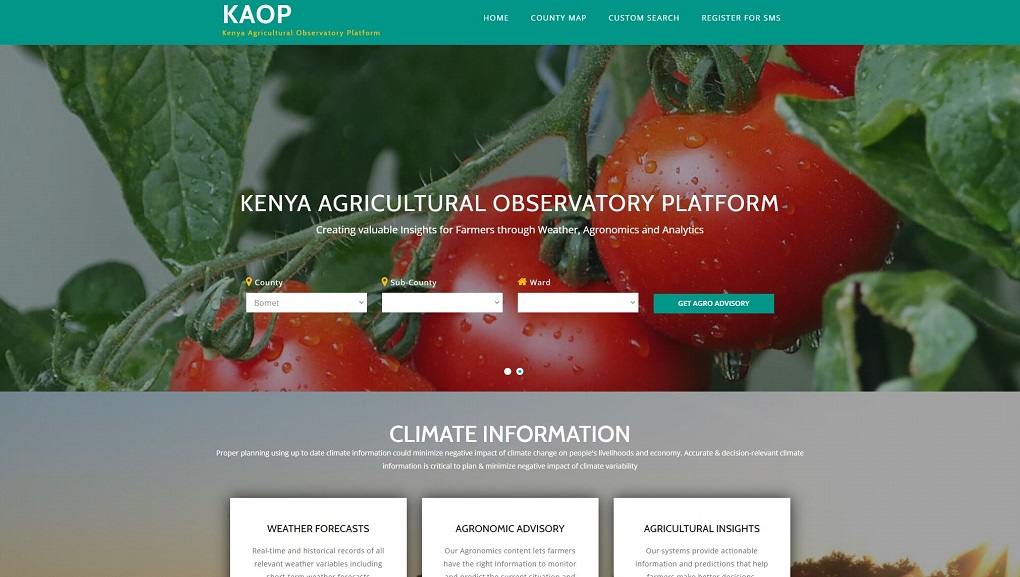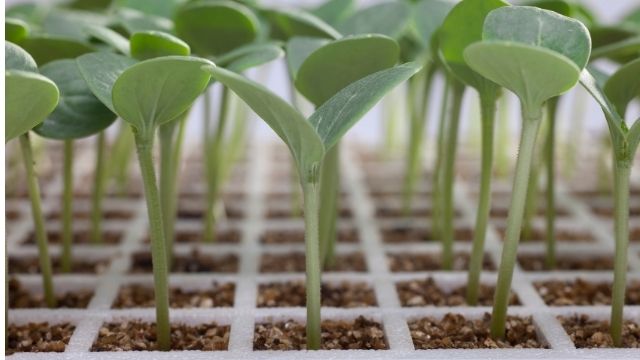How to Grow more safe food using organic Farming
This post addresses what you need to know about organic farming. It includes types, benefits and how you can raise crops and livestock organically in Kenya. Besides, there are tips for high yields for profitable organic farming and for home gardeners who are seeking self-sufficiency.









